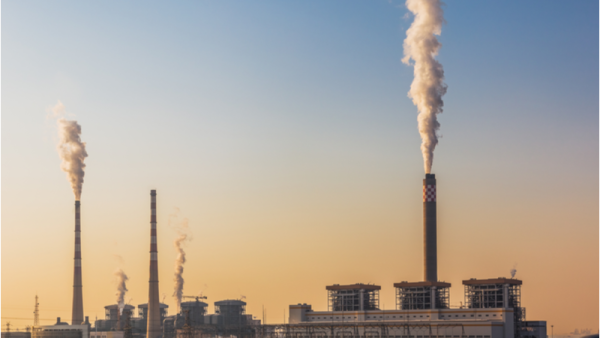ssguy / Shutterstock

Xunpeng Shi, Research Principal, Australia-China Relations Institute, University of Technology Sydney |
This article appeared in East Asia Forum on May 11 2022.
The energy price surge and crunch in late 2021 and the ongoing crisis in Ukraine have renewed global momentum for replanning energy transition roadmaps. While some suggest accelerating clean energy transitions to cope with surging energy prices, others are taking the opposite approach.
For example, Germany, a pioneer in the energy transition, is reconsidering the future of coal and nuclear power to reduce its dependency on Russian gas.
China is another example of retrenching climate plans. Chinese President Xi Jinping announced in April 2021 that China will start cutting coal consumption from 2026. But in March 2022, he said China could not simply ‘slam the brakes’ on coal since the green transition is a long and arduous process. In reality, China’s coal output hit a record high in 2021 and the nation recorded its biggest increase in total energy consumption and coal use in a decade.
The adjustment of energy transition roadmaps started in mid-2021 after the emergence of overly ambitious climate actions. When President Xi initially pledged to strive for peak carbon by 2030 and achieve carbon neutrality before 2060 in September 2020, the details were lacking. Many local governments, businesses and organisations proposed earlier peak targets and more ambitious energy transition plans.
The chaotic development of energy transition roadmaps was followed by a power crunch in the second half of 2021, caused by nation-wide coal price hikes, regulated electricity prices and strong demand for energy due to the massive economic rebound from COVID-19. Energy consumption caps also played a key role in the government’s decision to implement power rationing.
But high coal prices are the result of reduced underreporting of coal production due to increased penalties for coal workplace safety violations and the strict implementation of unreasonable energy control targets.
Given the chaos in energy markets and its declining economic growth rate, China has gradually toned down its climate commitments. The unprecedented nation-wide energy crunch and skyrocketing coal prices in September and October of 2021 invited a dramatic policy change. The Chinese government released hundreds of millions of tonnes of coal production capacity — a reversal of the previous coal policy.
In October 2021, President Xi stressed the importance of energy self-reliance. The high-level carbon neutral national strategy issued that month emphasised the need to carefully balance carbon neutrality with the security of energy, food and industrial supply chains. In December 2021, China’s highest-level annual economic planning meeting demanded an increase in the clean and efficient use of coal and optimisation of the interactions between coal and ‘new’ energy. This meeting also relaxed the energy consumption cap by excluding the newly-added renewable energy and energy used as raw materials.
A recent and surprising movement was in February 2021, when China’s steelmakers were given five more years to reach peak carbon emissions. The previous consensus was that the steel industry would peak emissions by 2025.
In March 2022, the National People’s Congress reiterated the importance of coal as a vital part of its energy strategy. The National Development and Reform Commission, China’s top economic planner, announced its intention to boost annual coal production by about 300 million tonnes. Chinese Premier Li Keqiang’s report to the National People’s Congress also announced that the energy targets for the 14th Five Year Plan period would no longer be assessed annually and that flexibility across years is allowed.
But the adjustments do not necessarily jeopardise China’s climate commitments. Since there is no prior example of a major, fast-growing developing country achieving a carbon peak amid various uncertainties, trial and error is to be expected. A rational and pragmatic action plan is more sustainable than a radical one.
The replanning of climate action roadmaps in China and other countries will significantly impact the global coal and natural gas markets. While China’s replanning leads to a larger market for coal in the short term, new domestic mining capacity in China will be a risk factor for the seaborne coal trade. The change in energy security, high natural gas prices and the Russian–EU gas saga could also lead to more LNG importation.
Author
Professor Xunpeng Shi is Research Principal at the Australia-China Relations Institute, University of Technology Sydney.


